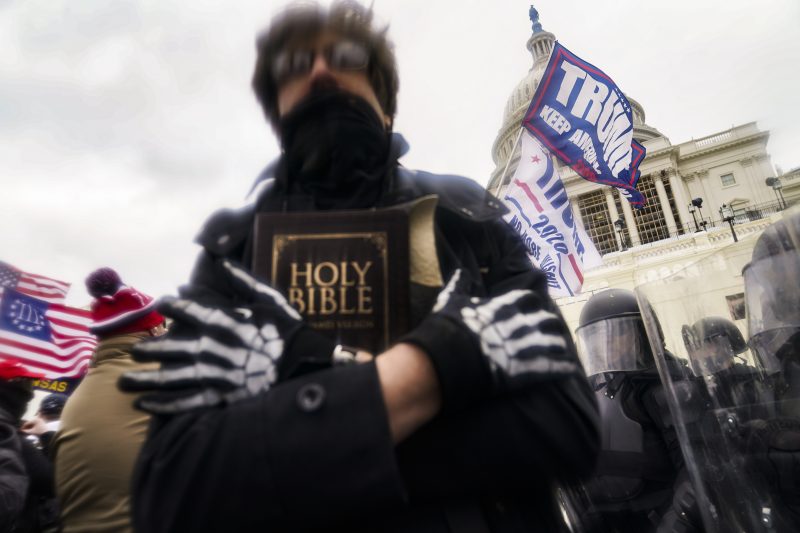In examining Donald Trump’s presidency, it becomes apparent that he has frequently employed dog whistles to incite fear and division among the American populace. Dog whistling is a form of coded language that carries a specific message aimed at a particular target audience while appearing innocuous to others. This tactic allows Trump to convey controversial or inflammatory ideas subtly, without overtly stating them.
One key area where Trump has utilized dog whistles is in his rhetoric surrounding unrest and violence. By selectively choosing his words and framing certain issues in a particular light, he has sought to stoke anxieties and promote a narrative that aligns with his political agenda.
Throughout his time in office, Trump has often made references to law and order, painting himself as a strong leader who can restore peace and safety to a country in turmoil. While on the surface, these statements may seem benign, they carry a subtext that targets specific groups and communities. By linking concepts of unrest and violence with particular demographics or movements, Trump is able to appeal to his supporters’ fears and prejudices without explicitly stating discriminatory beliefs.
Moreover, Trump’s use of dog whistles serves to deflect attention away from systemic issues such as racism and inequality by framing unrest and violence as isolated incidents caused by individual actors. This strategy allows him to shift blame onto marginalized groups or political opponents, rather than addressing the root causes of social discord.
By employing dog whistles, Trump has tapped into deep-seated divisions within American society, exploiting simmering tensions for his political gain. Whether through his references to thugs and lawlessness or his warnings of a purportedly dangerous left-wing agenda, Trump has effectively used coded language to sow discord and rally his base.
In conclusion, the use of dog whistles by Donald Trump in discussing unrest and violence is a calculated strategy aimed at playing into fears and biases within the American electorate. By cloaking divisive ideas in seemingly benign language, Trump has been able to convey his message to select audiences while maintaining a façade of deniability. Trump’s mastery of this rhetorical tactic underscores the power of language in shaping political discourse and influencing public opinion.

